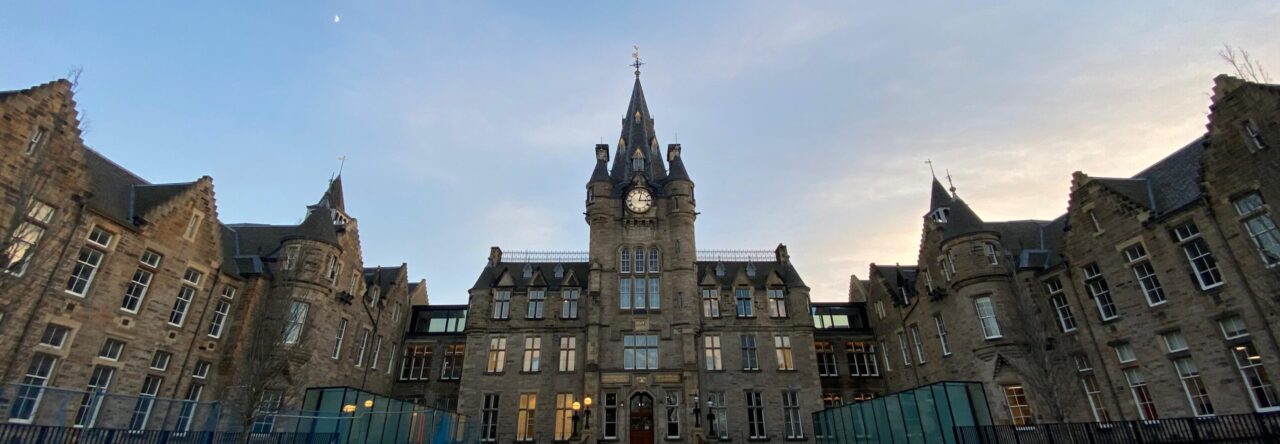This semester finds me excited to partake in some of the most interesting classes of my master’s degree, with Representing Data, at the forefront. So far, the course has been very practical, but at the same time, introducing theory. As someone who had been attempting this practice almost as a fanatic novice, I feel like things are starting to piece together now. Knowing the technique behind the practice makes a lot of sense and much easier! So I am very excited to keep learning more, doing more, starting to build my own portfolio of data visualisations and attempting something edgy on the group project.
Apart from classes, I have also attended some events. One of these was Hannah Ritchie’s talk on Planetary Health Data. As a big fan of Our World in Data, it was a pleasure to listen to Hannah’s take on communicating data and what we should be wary of. Her expertise not only in data storytelling but in climate change was very impressive. And also, while the talk was mainly targeted to our fellow Planetary Health students, it spoke a lot about narratives in relation to the environment (which was especially timely after the World As Story intensive).
Thinking about the Futures Project
During the winter break and these first few weeks of term 2, I have been further thinking about my Futures Project. A lot of ideas have crossed my mind, and while I am still undecided, I feel like further exploring them could give me new hints of whether I want to continue those pathways or not. As a quick brainstorming, some of the ideas are:
- Doing something about my country, Uruguay, where there is data, but not enough data storytellers to turn that data into something worth telling
- Using a textual corpus rather than a “numerical” one. Inspired by one of my favourite courses so far, Text Mining for Social Research, and the formative assessment my team and I are preparing for The World As Story, I am really enjoying performing analysis of big corpuses of text, rather than doing a “numerical” analysis or building a predictive model of sorts.
- Using data visualisation for the construction of collective memory. Inspired in the 50th anniversary of the coup that Uruguay suffered in 1973, and subsequent dictatorship from 1973 until 1985, I was thinking about gathering voices of political prisoners (mainly women), for example, and telling their stories. There would be the challenge of the fieldwork, because I wouldn’t be in Uruguay to conduct interviews, for example. However, I could use preexisting corpuses or other preexisting works as my data. Also, this would have the challenge of the language, since primary information would be in Spanish. This piece could have different formats, like a timeline, a map or clustering the voices/discourses by topic.



Leave a Reply